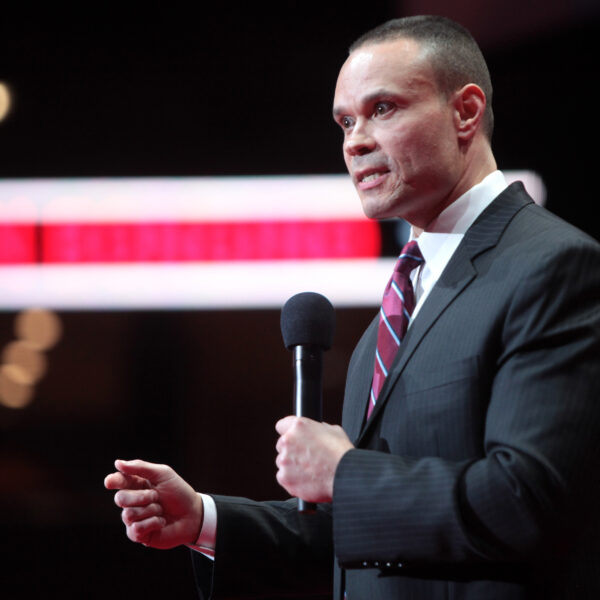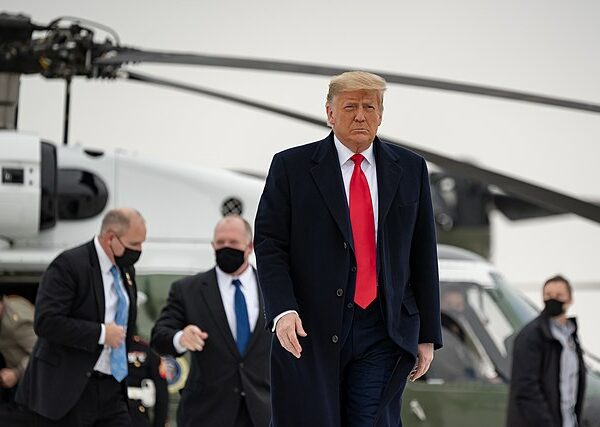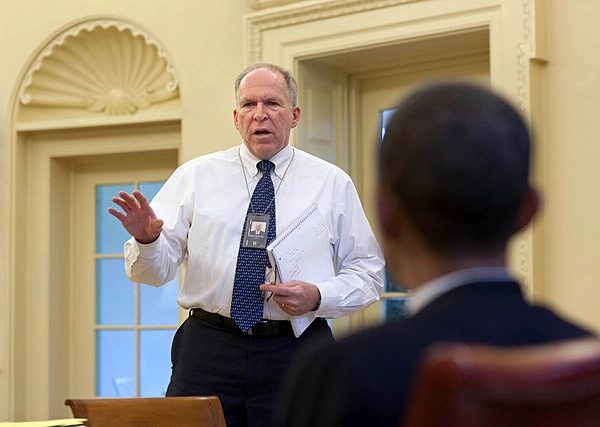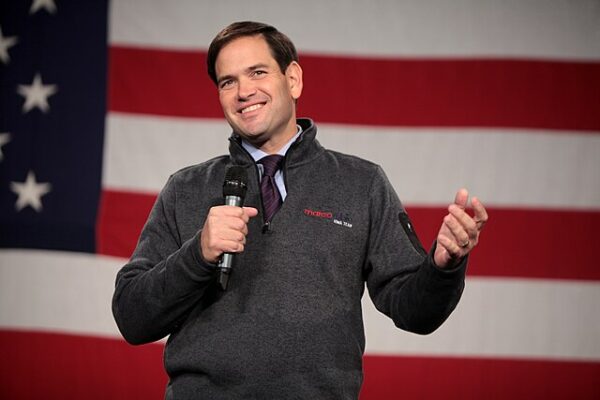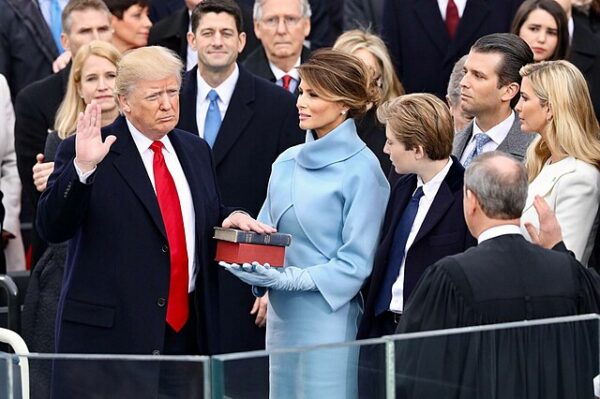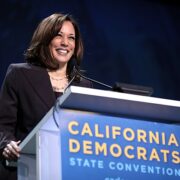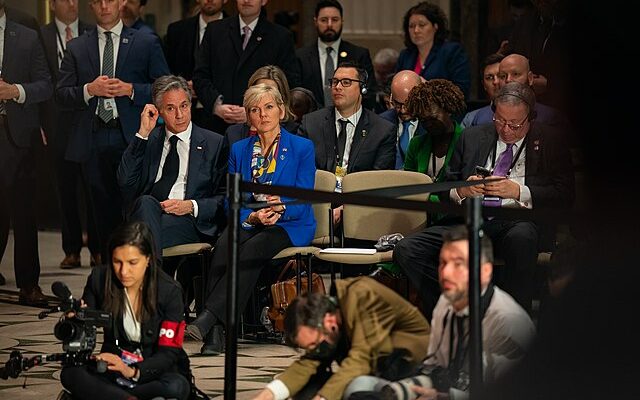
Secretary of Energy Jennifer Granholm recently took a four-day electric-vehicle road trip from Charlotte, North Carolina to Memphis, Tennessee. The point of her trip was to showcase Biden’s “green energy” investments, including the building of electric vehicle charging stations all over the country.
What ended up happening was that she showed the unreliability of EVs and ended up having the police called on her.
But between stops, Granholm’s entourage at times had to grapple with the limitations of the present. Like when her caravan of EVs — including a luxury Cadillac Lyriq, a hefty Ford F-150 and an affordable Bolt electric utility vehicle — was planning to fast-charge in Grovetown, a suburb of Augusta, Georgia, according to NPR.
Her advance team realized there weren’t going to be enough plugs to go around. One of the station’s four chargers was broken, and others were occupied. So an Energy Department staffer tried parking a nonelectric vehicle by one of those working chargers to reserve a spot for the approaching secretary of energy.
That did not go down well: a regular gas-powered car blocking the only free spot for a charger?
In fact, a family that was boxed out — on a sweltering day, with a baby in the vehicle — was so upset they decided to get the authorities involved: They called the police.
The sheriff’s office couldn’t do anything. It’s not illegal for a non-EV to claim a charging spot in Georgia. Energy Department staff scrambled to smooth over the situation, including sending other vehicles to slower chargers, until both the frustrated family and the secretary had room to charge.
Despite automakers investing over a trillion dollars into electric vehicles, often at the insistence of politicians like Jennifer Granholm, the lack of charging stations is a major problem for EV manufacturers. There are only 3 EV chargers for every 10,000 Americans, according to Business Insider.
EVs have some serious accessibility and equity challenges to overcome before they go mainstream, as there are major disparities in terms of financial and socio-demographic factors as to who has access to public EV charging, according to a new study from vehicle report platform Bumper.
For example, the richest people in the US have the most access to electric car charging, with nearly 72% of public EV charge plugs in the country’s wealthiest counties. The top fifth of counties in the US (those that are least distressed in terms of income, poverty, and unemployment) account for nearly 33% of all EV charge ports here.
Meanwhile, more than 95% of EV chargers are in counties with majority-white populations. Because the highest-income earning areas in the US also tend to correlate with higher numbers of white and Asian residents, according to Bumper, and there are more charging stations in those areas, generally more white and Asian residents have access to public EV charging.”
The White House has offered $12 billion “in grants and loans for auto makers and suppliers to retrofit their plants to produce electric and other advanced vehicles, Energy Secretary Jennifer Granholm said last week, according to Reuters.
“While we transition to EVs, we want to ensure that workers can transition in place, that there is no worker, no community left behind,” Granholm, a former governor of car-manufacturing state Michigan, told reporters.
The report continued by noting that “speeding grants and other subsidies to fund conversion of existing auto plants to build electric vehicles could help the White House blunt criticism from automakers and the United Auto Workers (UAW) union over proposed environmental rules aimed to help usher in the EV era.”
Auto workers have not been happy with the Biden Administration’s obsession with EVs. The UAW has said that a rapid change from traditional vehicles to EVs could put thousands of jobs at risk in states such as Michigan, Ohio, Illinois and Indiana.
The UAW has authorized a strike to begin following the end of its contract on September 14.
PBS detailed their requests from the auto companies. “The union has asked for 46 percent raises in general pay over four years — an increase that would elevate a top-scale assembly plant worker from $32 an hour now to about $47. In addition, the UAW has demanded an end to varying tiers of wages for factory jobs; a 32-hour week with 40 hours of pay; the restoration of traditional defined-benefit pensions for new hires who now receive only 401(k)-style retirement plans; and a return of cost-of-living pay raises, among other benefits.
Perhaps most important to the union is that it be allowed to represent workers at 10 electric vehicle battery factories, most of which are being built by joint ventures between automakers and South Korean battery makers. The union wants those plants to receive top UAW wages. In part, that is because workers who now make components for internal combustion engines will need a place to work as the auto industry increasingly transitions to EVs.
“Our union isn’t going to stand by while they replace oil barons with battery barons,” said UAW President Shawn Fain.
PBS continued, “Currently, UAW workers who were hired after 2007 don’t receive defined-benefit pensions. Their health benefits are less generous, too. For years, the union gave up general pay raises and lost cost-of-living wage increases to help the companies control costs. Though top-scale assembly workers earn $32.32 an hour, temporary workers start at just under $17. Still, full-time workers have received profit-sharing checks ranging this year from $9,716 at Ford to $14,760 at Stellantis.”
[Read More: Democratic Governor Confirms What We All Suspected]

